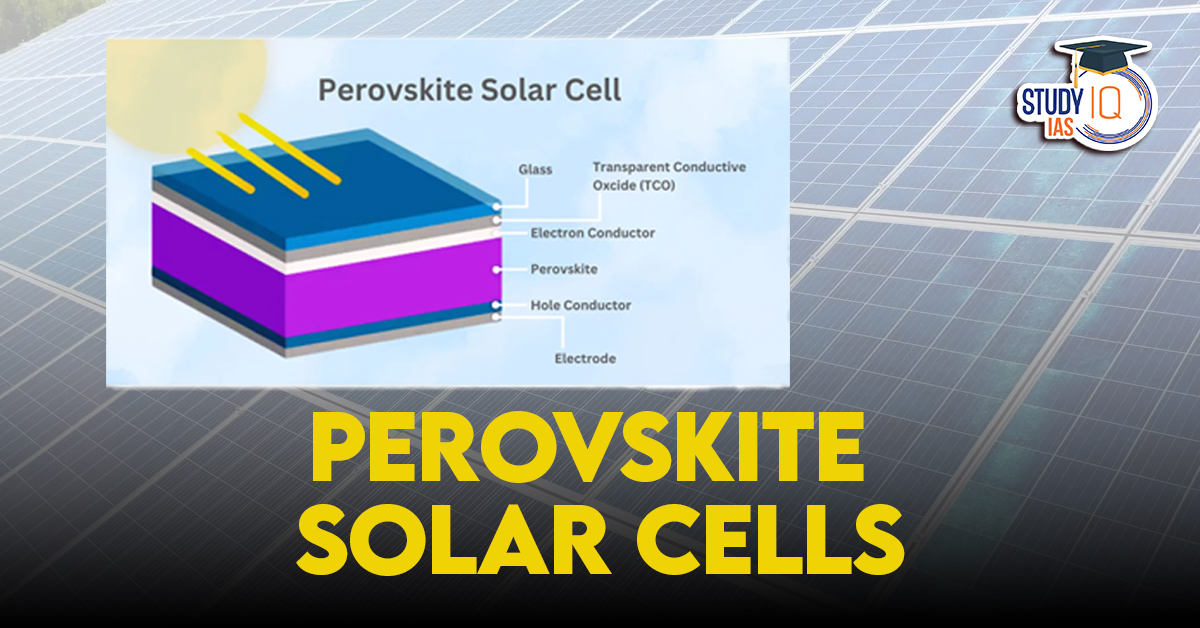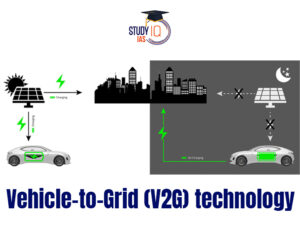Context: Researchers have developed a water-based recycling method for perovskite solar cells.
About Perovskite Solar Cells (PSCs)
- Perovskite solar cells (PSCs) are a type of photovoltaic (PV) cell that utilises perovskite materials in their structure, which differs from traditional silicon-based PV cells.
- They are made using perovskite crystals. They offer a cheaper and more efficient alternative than Silicon solar panels.
- They can be manufactured using simpler, low-cost processes.
- Structure of Perovskite Solar Cells: It is composed of multiple layers of –
- Perovskite crystal layer, Conductive charge transport materials, Metal electrodes & Glass sheets.
Challenges with Perovskite Solar Cells
- Toxicity concerns: It contains lead, a hazardous element which must be carefully managed during manufacturing and disposal.
- Recycling issues: Traditional recycling methods rely on toxic organic solvents like dimethylformamide (DMF). These solvents are harmful and unsuitable for a circular economy approach.
| Silicon-based solar panels |
Currently, Silicon-based solar panels dominate the market, but they have certain drawbacks:
- High energy cost of manufacturing.
- End-of-life disposal problem due to non-biodegradable silicon.
|
- Researchers have developed a water-based recycling method for perovskite solar cells that ensures:
- Efficient degradation and recycling of used perovskite material.
- Recovery of high-quality perovskite crystals, reusable for new solar cells.
- It avoids organic solvents, making the process greener and more sustainable.
| Solar Manufacturing Capacity in India |
- Installed Solar Capacity: As of now, India has installed 92 GW of solar capacity.
- Manufacturing Capacity: India’s solar-module manufacturing capacity stands at 63 GW, while the solar-cell manufacturing capacity is about 5.8 GW.
- India’s biggest solar power plant: Bhadla Solar Plant (Rajasthan) – 2,245 megawatts
|
Sharing is caring!


 Navy-Marine Expeditionary Ship Interdict...
Navy-Marine Expeditionary Ship Interdict...
 K2-18b Exoplanet: Potential Biosignature...
K2-18b Exoplanet: Potential Biosignature...
 Vehicle-to-Grid (V2G) Technology and its...
Vehicle-to-Grid (V2G) Technology and its...






















